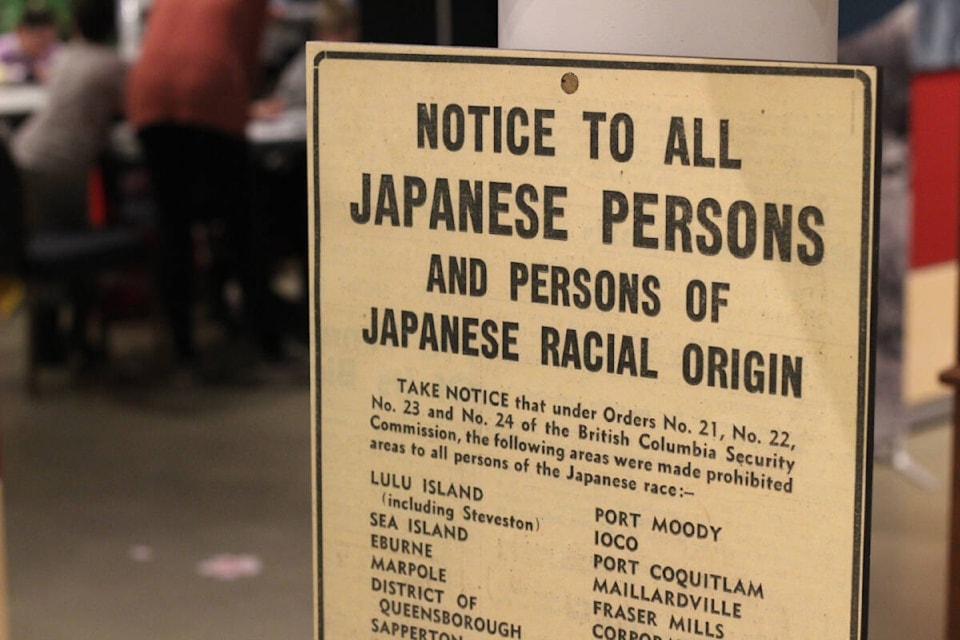North Cowichan will support a proposed project to commemorate what was once a prosperous and plentiful Japanese community in Chemainus.
The municipalityB��Ԫ������ַ�s council voted to back a planned installation of a heritage mural on municipally owned land on Croft Street, just below Water Wheel Park, as well as any infrastructure to support the heritage site, at a special council meeting on July 9.
Earlier this year, the Chemainus Festival of Murals Society was approached by the Japanese Canadian Legacies Society regarding the JCLSB��Ԫ������ַ�s eligibility to apply for a grant of between $50,000 and $150,000 to assist in planning and developing a project commemorating Japanese Canadians in Chemainus through the design and implementation of a mural and associated infrastructure.
The JCLS is currently coordinating many different projects throughout B.C. and has identified Chemainus as an important site.
To qualify for the funding, the project must be situated on municipally owned land, and a letter of support from the municipality must be included in the grant application.
Working with CFOMS, North Cowichan has chosen the site on Croft Road for the mural and agreed to supply a letter of support for the project.
According to the CanadaB��Ԫ������ַ�s Historic Places website, Chemainus, as well as Duncan and Paldi, had relatively large Japanese-Canadian communities prior to the Second World War where they worked largely in the logging, fishing, and saw-milling industries. According to CHP, Chemainus is important to the Japanese-Canadian community because of its Okada settlement on Chemainus Bay, which consisted of almost 40 Japanese-Canadian families.
The Japanese-Canadian Kasho family built and operated a large and successful fish processing plant there, and owned eight to 10 fishing boats and processed and salted herring and salmon for export to Asia.
Historical documents at the Chemainus Valley Museum state that the Japanese Canadians in Chemainus called the town Chimunesu.
B��Ԫ������ַ�Like other Japanese Canadians on the B.C. coast, the residents and workers in Duncan, Paldi and Chemainus were incarcerated in internment camps in 1942 during the Second World War, with properties and businesses sold, buildings dismantled and cemeteries desecrated,B��Ԫ������ַ� CHPB��Ԫ������ַ�s website said.
B��Ԫ������ַ�Due to these losses, most did not return to the Cowichan area. Today, these towns carry few physical traces of the early Japanese-Canadian communities that existed there.B��Ԫ������ַ�



